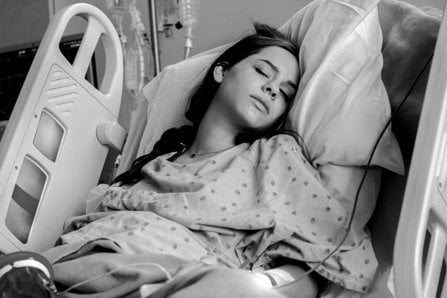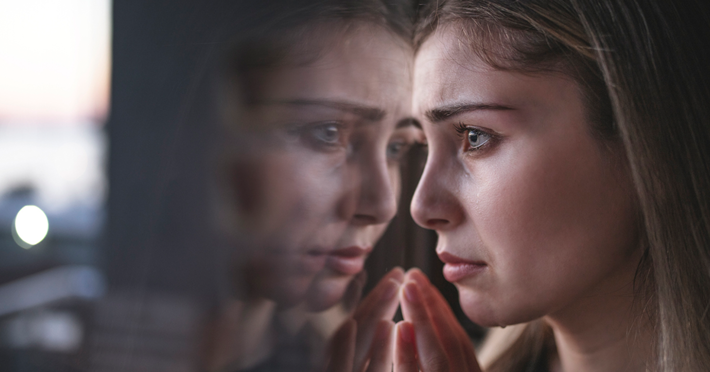
The recent history of alcoholic energy drinks is worth discussing. Such substances weren’t legal for long, but they were quite dangerous, harmful, and very popular while they were. You could say these items are history, but they are recent history and there are some lessons to be learned from talking about them.
At the time of this writing, some of these beverages are regaining legal status, albeit with different ingredients. We, the consumers, are impressed by the importance of educating ourselves about these potentially dangerous beverages.
What are alcoholic energy drinks? How did they get their start?
Mixing energy drinks with alcoholic beverages became popular among young people in the early 2000s. It is a dangerous habit of drinking that can lead to abuse and addiction. Alcohol manufacturers were watching this trend, and although they knew the dangers of combining alcohol with high-caffeine and high-sugar beverages such as energy drinks, they seized the market opportunity anyway.
And so alcoholic energy drinks were born, premixed blends of sugary, caffeinated, carbonated, flavored drinks with alcohol.
The most popular alcoholic energy drink that hit shelves first was Four Loko, made by Phusion Projects. Although Four Loko was only a 24-ounce can of carbonated liquid, it was the caffeine equivalent of three cups of black coffee and the alcohol equivalent of three cans of beer. Most cans of Four Loko were 12% alcohol by volume, significantly more than most beers.

Shortly after Four Loko went online in 2010, concerns grew about how the “energy” component of the drink masked the intoxication normally associated with alcohol consumption. Those concerns were also justified, as dozens of accidents and injuries in the US were attributed to Four Loko use among young people, especially college students, in 2010. Two young people even died after drinking Four Loko. Both were minors.
Unfortunately, as of this writing, Four Loko is back legal in most states. It doesn’t sell with the same concentration of caffeine as it used to, but it’s back on the shelves anyway. If you or a loved one has an alcohol problem you can check into drug and alcohol addiction clinic.
What makes alcoholic energy drinks so attractive to young people?
Alcoholic energy drinks were the most popular among young people, particularly teenagers and college students. According to a report published by the American Psychological Association, “The promotion of these drinks may have had a profound impact on young people. Research suggests that there is a link between advertising exposure and adolescent drinking behavior. The results of one study show that advertising exposure is positively linked to increased alcohol consumption (among teenagers), and every dollar per capita spent on advertising is linked to a 3 percent increase in monthly beverages consumed. Research also suggests that manufacturers’ use of social networking sites and other new media promotion strategies may have had a profound impact on young consumers. ”It seems clear that alcohol manufacturers knew that alcoholic energy drinks were an would appeal to a younger, underage consumer base, but they made the drinks anyway.
“The promotion of these drinks could have had a strong impact on young people. Studies suggest that there is a connection between the advertising presence and the drinking behavior of young people. “
Young people already consume energy drinks much more often than older adults. This fact increases the likelihood that they will add alcohol to their energy drinks, even if it is dangerous. According to the Centers for Disease Control and Prevention, “Mixing alcohol with energy drinks is a popular practice, especially among young people in the United States. In 2017, 10.6% of students in grades 8, 10 and 12 and 31.8% of young adults between the ages of 19 and 28 stated that they had consumed alcohol mixed with energy drinks at least once in the past year. “Since young people were already mixing alcohol and energy drinks themselves, alcohol manufacturers saw the manufacture of ready-to-use drinks as easy money for their coffers.
A warning from the FDA
In 2010, the Food and Drug Administration explicitly warned alcohol manufacturers who were making alcoholic energy drinks at the time. The warning led the FDA to tell manufacturers that adding caffeine to alcoholic beverages was an “unsafe food additive”. The companies could experience further reprimands if they do not pull their products off the shelves. The four companies and the products they made were:
- Charge Beverages Corporation, which makes Core High Gravity HG Green, Core High Gravity HG Orange, and Lemon Lime Core Spiked.
- New Century Brewing Company, LLC, which makes Moonshot.
- Phusion Projects, LLC (operating as Drink Four Brewing Company), which makes Four Loko.
- United Brands that make “Joose” and “Max”.
For some time, these drinks completely disappeared from the shelves. But a few years later, many alcohol manufacturers brought back their alcoholic “energy” drinks, which were labeled as such but made with significantly reduced caffeine content.
Health risks from alcoholic energy drinks

Shortly after alcoholic energy drinks became popular, the Centers for Disease Control and Prevention issued a warning about the dangers of mixing alcohol and caffeine. The CDC reported that people who mix alcohol and energy drinks are four times more likely to drink alcohol than those who do not mix alcohol with energy drinks. The CDC data also showed that people who mix these substances “are more likely than drinkers who do not mix alcohol with energy drinks, report unwanted or unprotected sex, drive drunk or drive with a drunk driver, or suffer alcohol-related injuries. ”
The CDC summarized their report by explaining how the caffeine, when alcohol is mixed with caffeine, can mask the depressive effects of alcohol, making drinkers feel more awake than usual. This can then lead drinkers to consume more alcohol and be affected more than they may be aware. All of this increases the risk of alcohol-related harm.
The future of alcoholic energy drinks
Alcoholic energy drinks were so harmful and so clearly dangerous to consumer health that they were only legal and sold for a year before being banned across the United States. Given the known health risks associated with combining a strong stimulant (energy drink) with a strong sedative (alcohol), it is a surprise that these products were approved for production in the first place. Now many of these drinks are back, but in a different form. Most of them are nowhere near the level of caffeine they used to have.
The lesson from alcoholic energy drinks is that no form of alcohol consumption is ever safe or okay. In addition, parents, families and teenagers alike need to be equally careful about the products they consume. Just because a product is legal does it work Not make it safe.
In conclusion, the words of Temple University professor Thomas Guild, interviewed by Scientific American, are appropriate here. “Consuming these drinks can cause serious problems. If the simultaneous administration of alcohol and caffeine allows longer drinking time due to the reduced sedation, they can consume more alcohol; this can lead to serious health risks. If the use of these also gives a false sense of security, which leads to a person believing that they are less impaired than they actually are, it is more likely that they will make bad decisions or put themselves in danger. College students who consumed either alcohol or alcoholic caffeine drinks reported being sexually exploited or injured (more often) than those who only consumed alcohol. ”
As Americans, it is our responsibility to protect our family members, loved ones, and communities. Alcoholic energy drinks were in their prime, but maybe they’re back. It is up to us to ensure that these substances do not become popular again. It’s also up to us to make sure that young people don’t mix alcohol with energy drinks. Doing this is very dangerous.






